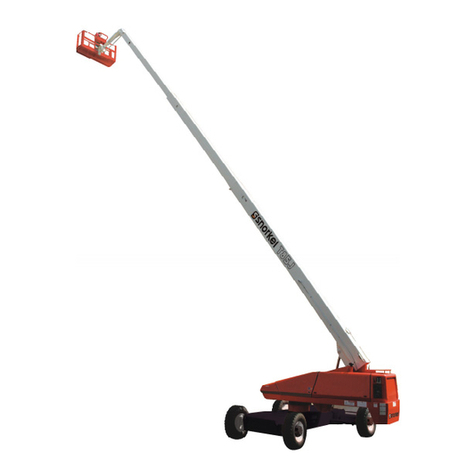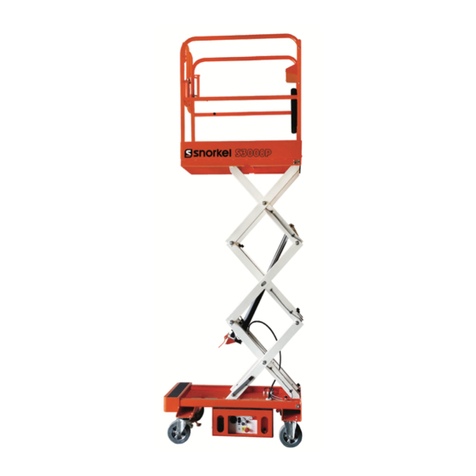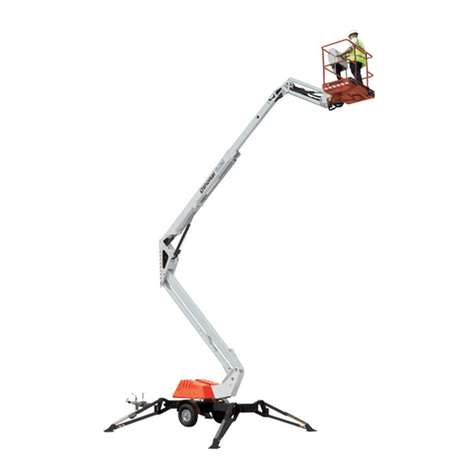Snorkel S3010E Quick start guide
Other Snorkel Lifting System manuals

Snorkel
Snorkel TM12 Series User manual

Snorkel
Snorkel MHP 13/35 Mark II Use and care manual

Snorkel
Snorkel S39770RT Owner's manual

Snorkel
Snorkel UL40 Quick start guide

Snorkel
Snorkel SL20 User manual
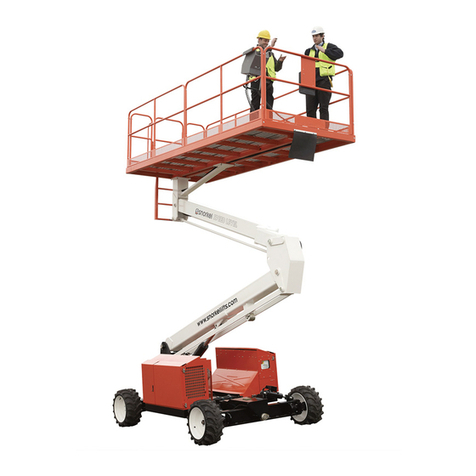
Snorkel
Snorkel SL26-01 Series User manual
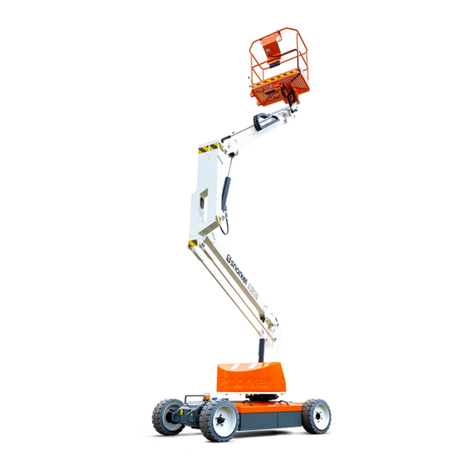
Snorkel
Snorkel A38E User manual
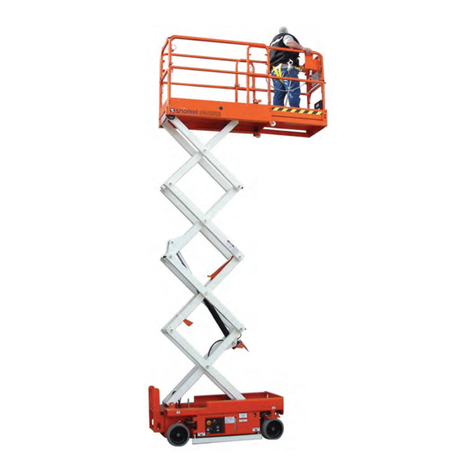
Snorkel
Snorkel S2632E Owner's manual
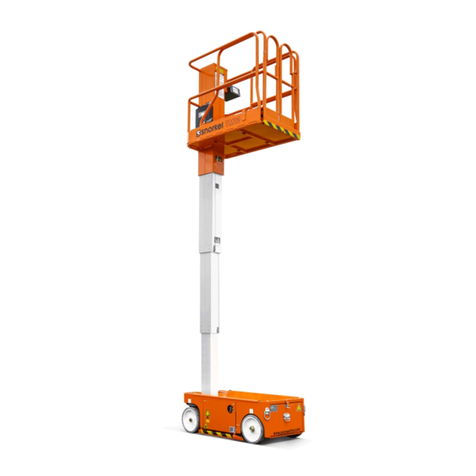
Snorkel
Snorkel TM12 Series Building instructions
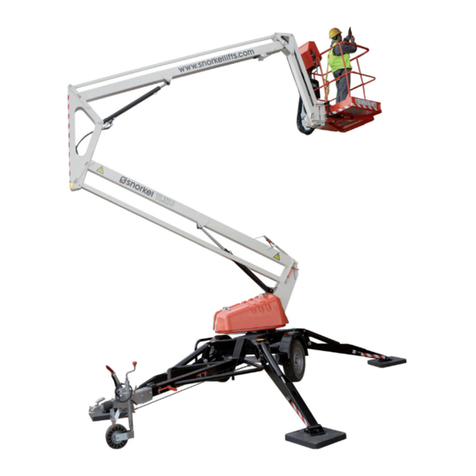
Snorkel
Snorkel TL37 User manual
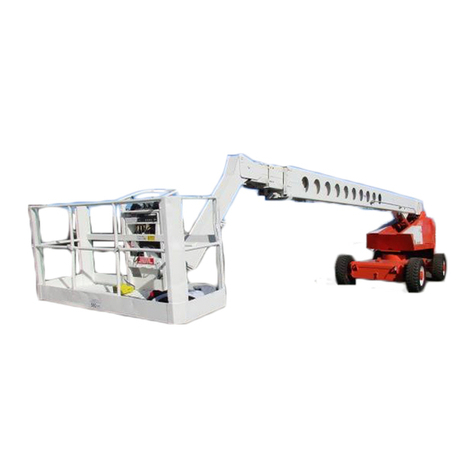
Snorkel
Snorkel PRO 126 Use and care manual
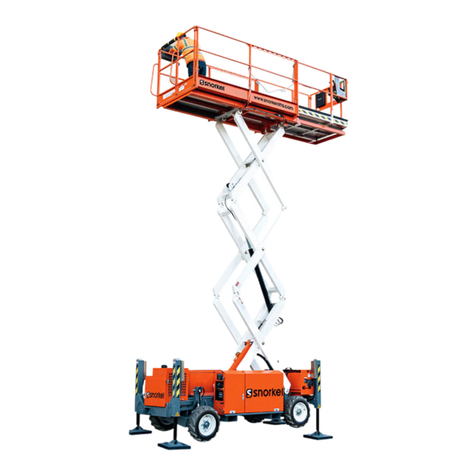
Snorkel
Snorkel S2755BE Owner's manual
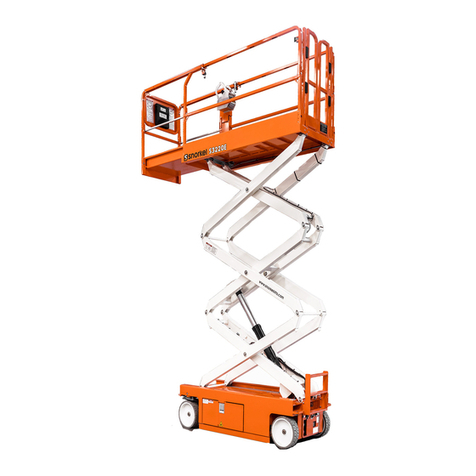
Snorkel
Snorkel S3215L User manual
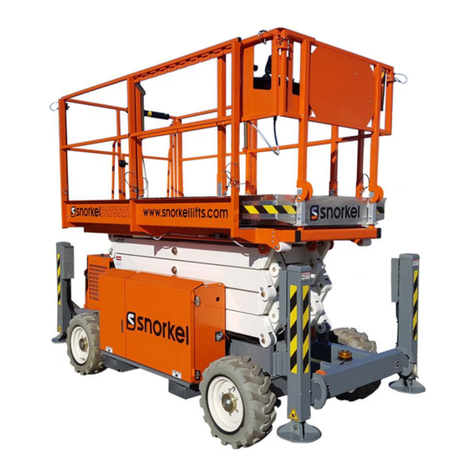
Snorkel
Snorkel S2255RTE Owner's manual
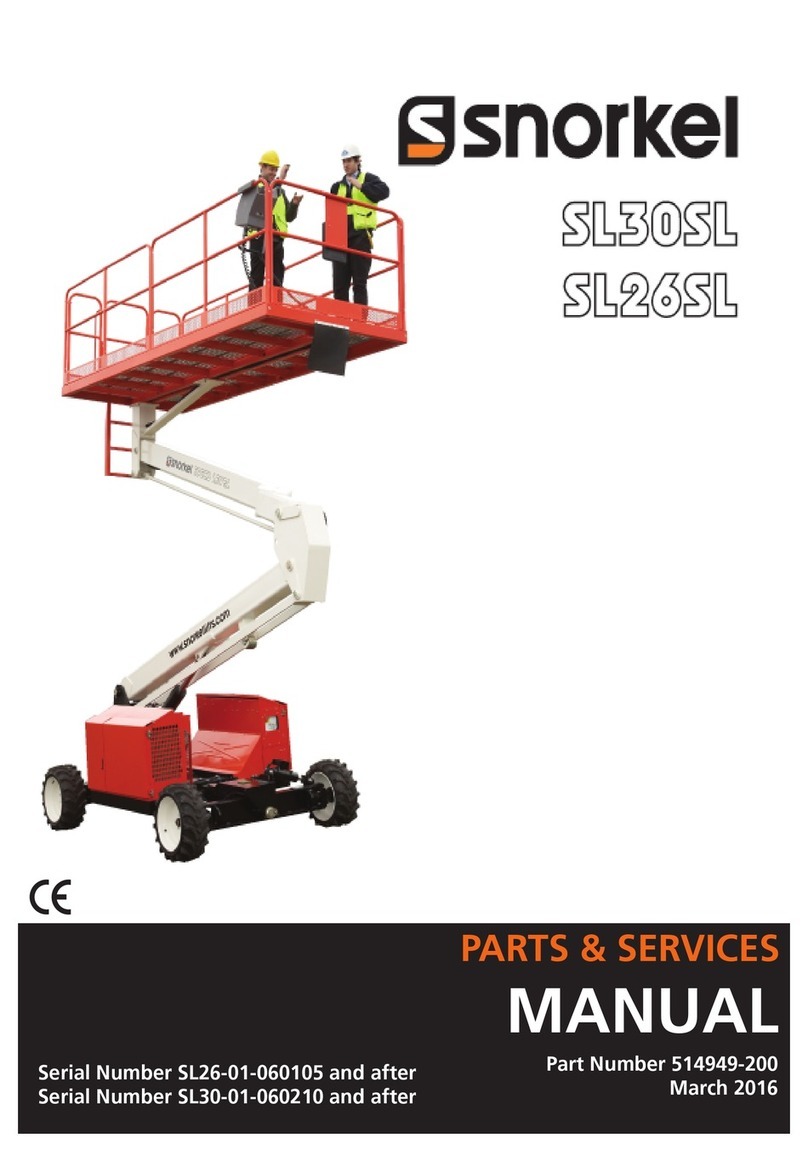
Snorkel
Snorkel SL26 Series Quick start guide
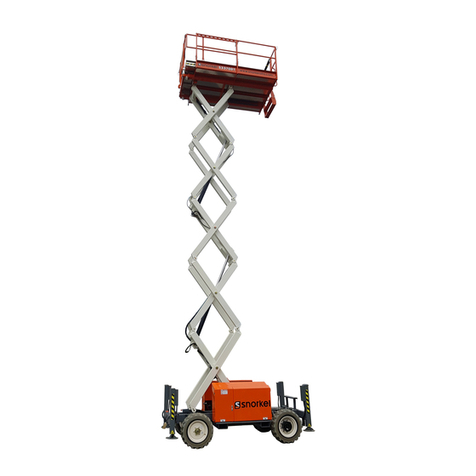
Snorkel
Snorkel SR2770 User manual

Snorkel
Snorkel A38E Quick start guide

Snorkel
Snorkel A62JRT User manual

Snorkel
Snorkel A38E User manual

Snorkel
Snorkel SR2770 Use and care manual
Popular Lifting System manuals by other brands

morse
morse 82H-124 Operator's manual

Braun
Braun NL955 Series Operator's manual

haacon
haacon 1889.10 quick start guide

Protekt
Protekt AT 252 instruction manual

R. Beck Maschinenbau
R. Beck Maschinenbau HS 600 operating manual

Nova Technology International, LLC
Nova Technology International, LLC NAS Series quick start guide

Genie
Genie Z-60/34 Operator's manual

Screen Technics
Screen Technics INTERFIT Vertical Up Lift instructions

Mortuary Lift
Mortuary Lift ULTIMATE 1000 instructions

Custom Equipment
Custom Equipment Hy-Brid 3 Series MAINTENANCE & TROUBLESHOOTING MANUAL

Custom Equipment
Custom Equipment Hy-Brid Lifts 2 Series Maintenance and troubleshooting manual

Hy-Brid Lifts
Hy-Brid Lifts HB-P3.6 MAINTENANCE & TROUBLESHOOTING MANUAL

BERG
BERG BeNomic EasyLeaf Technical manual

Powermate
Powermate LiftGate LG-3 Installation & operation manual

Terberg
Terberg OMNIDEKA Translation of the original instructions

Harmar Mobility
Harmar Mobility AL625 Installation & owner's manual

Rotary
Rotary SPO16 installation instructions
Ricon
Ricon Mirage F9T Service manual
